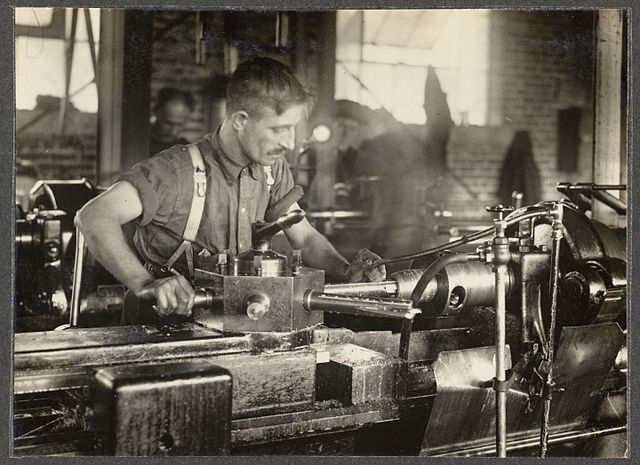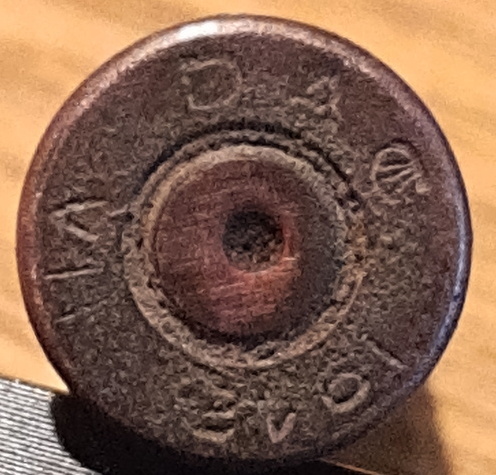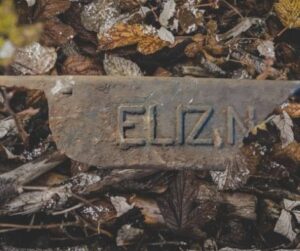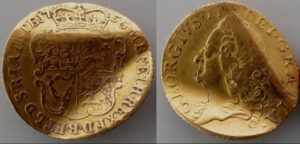I unearthed this partial casing in a public park not too far from my home.
On cleaning off the dirt, I was happy to see that there was a legible Headstamp located on the bottom which bore the code “DAC 1942 VII” . This was fortunate, as not all headstamps are able be read due to corrosion and the likes, and not all casings have a headstamp. But because this one did, I was able to determine:
- Where it was manufactured (DAC),
- When it was manufactured (1942),
- What caliber it was (VII).
For more information, please click the link to read wikipedia’s page on headstamps.
Now that we know where the .303 casing was manufactured, let’s take a bit of a look at the factory where it was made.
Dominion Arsenal
In 1879, located in Québec City in the province of Québec, Canada, the Cartoucherie de Québec was the first government facility established for the purpose of manufacturing and proofing cartridges and shells for the Canadian Army, back then called the Canadian Militia, and then eventually for Great Britain. Located in the Artillary Park Barracks, which were abandoned by the British Troops in 1871, the ammunition manufactured here were the .303, mainly for the Lee Enfield rifle, as well as 18 pound canon shells. However, manufacturing did not begin until 1882.
In 1884, parts of the Arsenal where moved to Cove Fields, now the Citadel, for fear that an explosion within the walls of the city would yield devastating effects. And in 1901 the Cartoucherie de Québec, or as it was also called The Quebec City Arsenal, was renamed the Dominion Arsenal. The Arsenal was again moved to the Saint-Sauveur district of Québec in 1912.

Man working at the Dominion Arsenal courtesy of Wikimedia Commons
A second Arsenal was built in Lindsay, Ontario, and during WWII several other small munition plants were established. In September of 1945, these plants were amalgamated into a Crown Corporation and renamed Canadian Arsenals Limited.
Canadian Arsenal stopped producing in 1938 and was demolished in 1939 to make way for the development of The Battlefields Park. However, some of the arsenal survives today, and makes up a portion of The Battlefields Park’s wall.
For more information and photographs of the Dominion Arsenal please visit History Rekindled!






